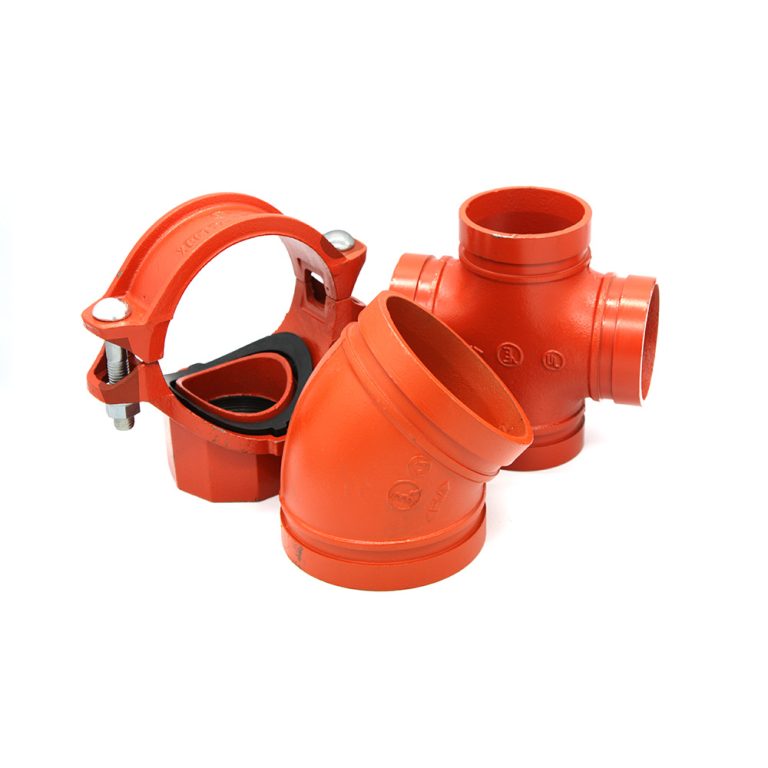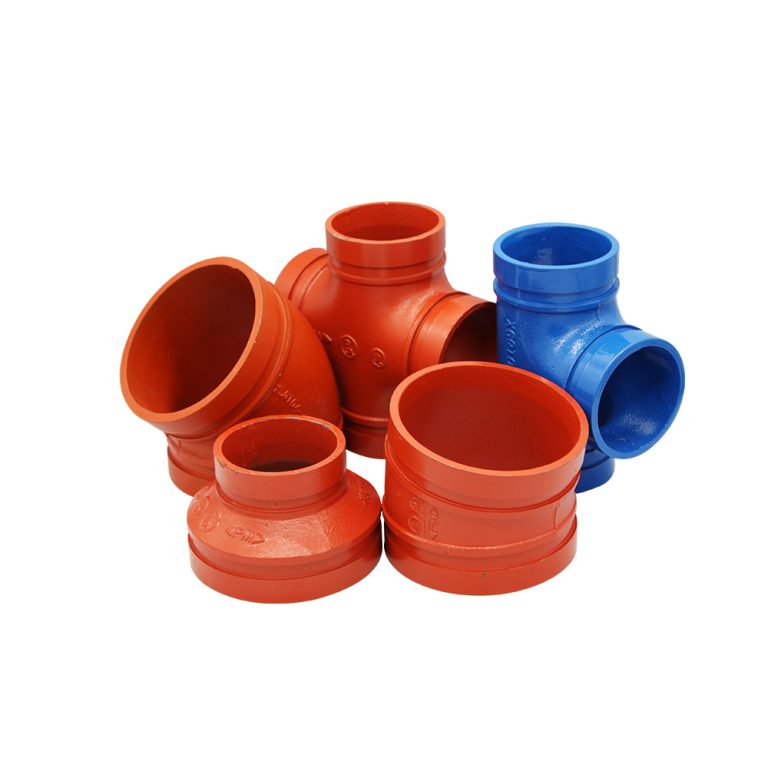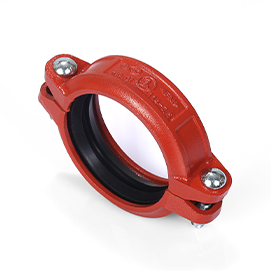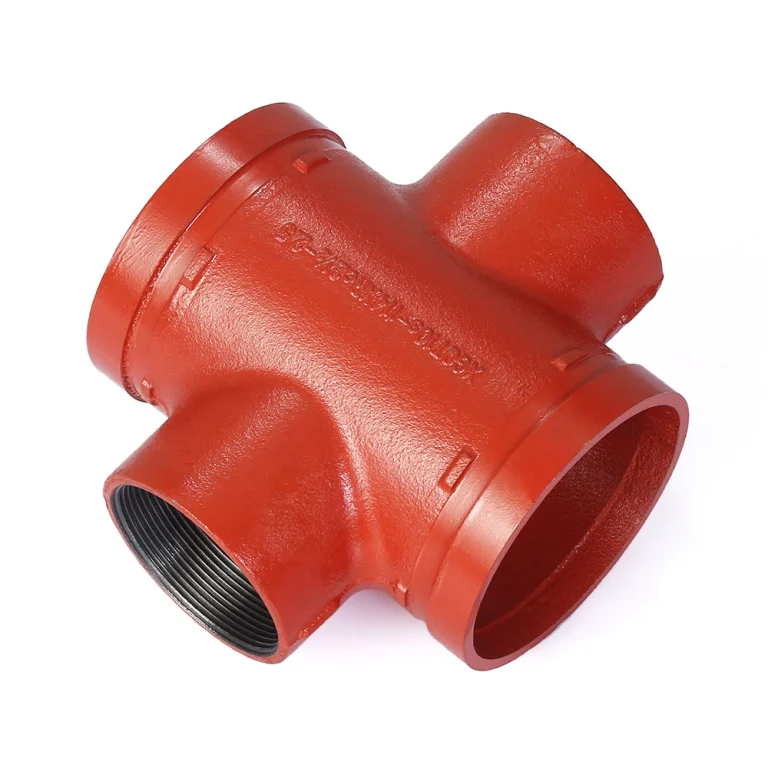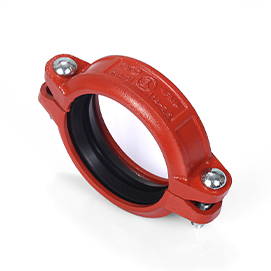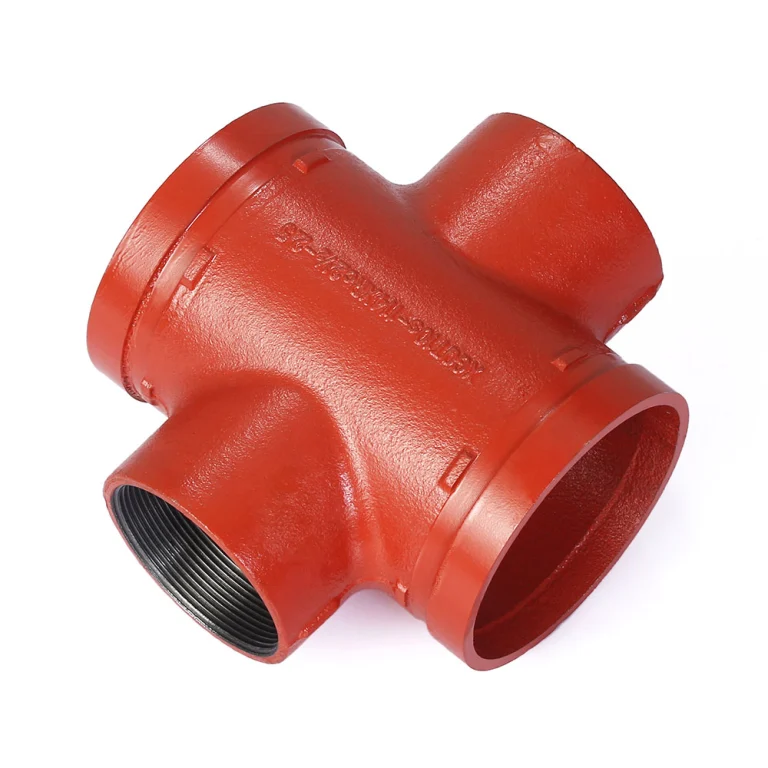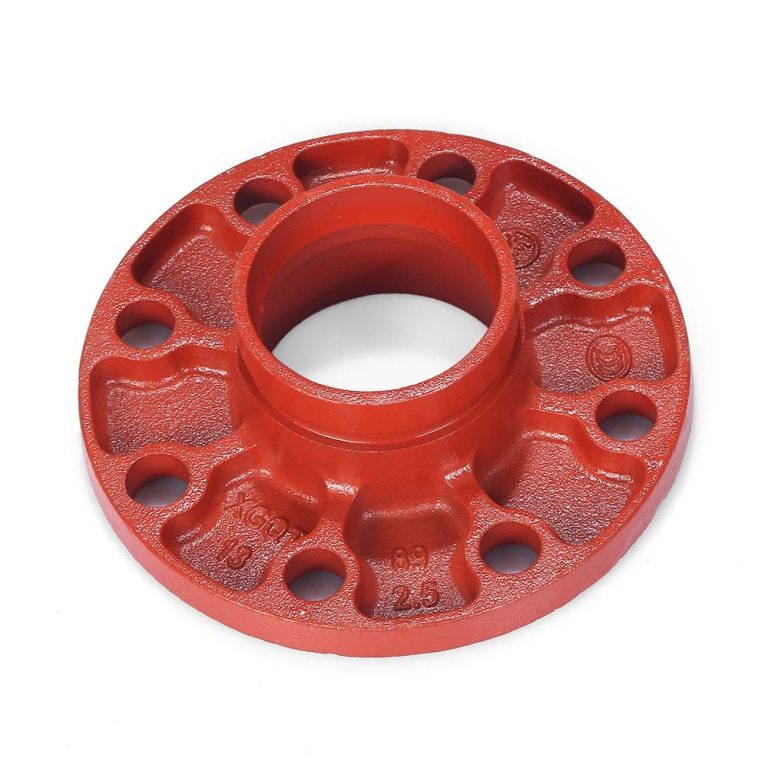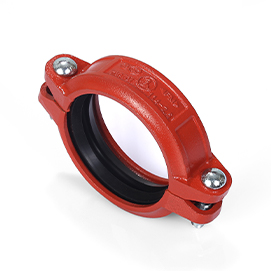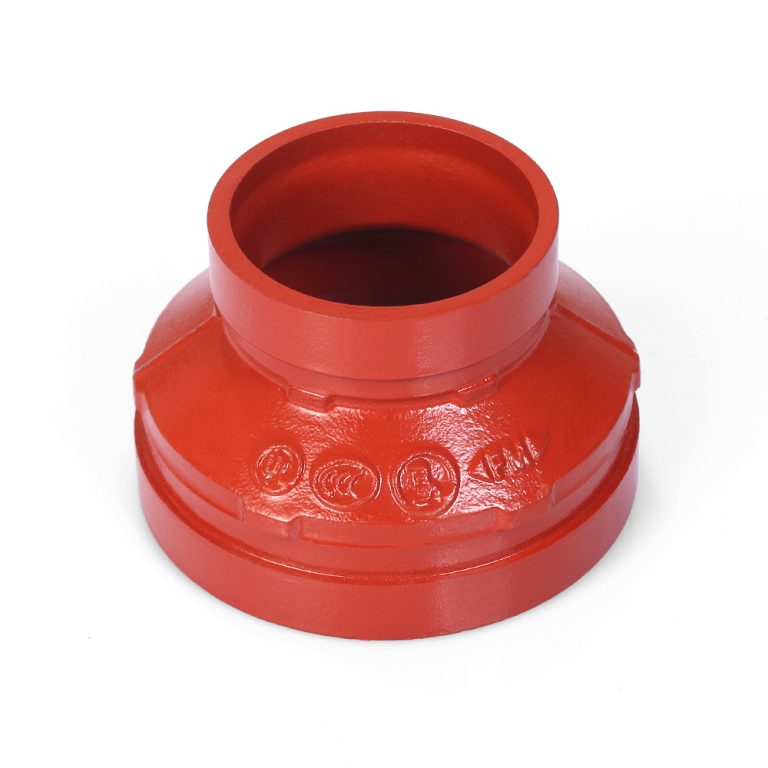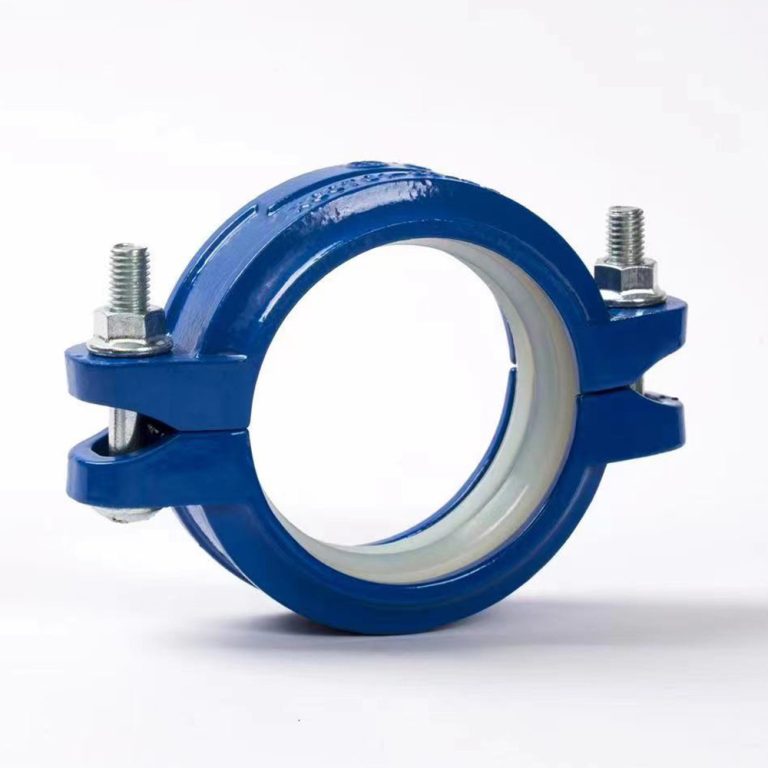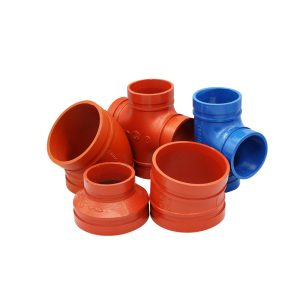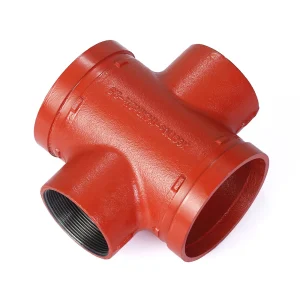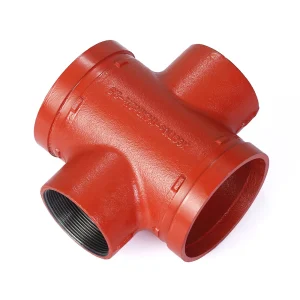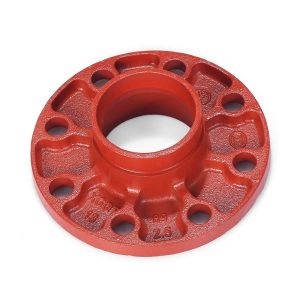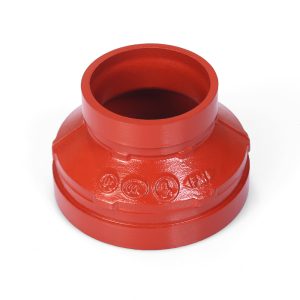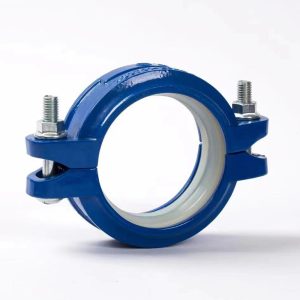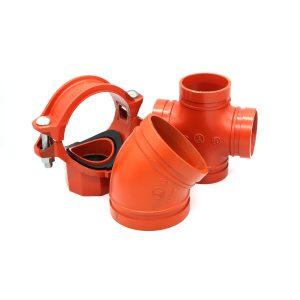
How to Identify Fake or Low-Quality Pipe Fittings (With Real Inspection Tips)?
Pipe fittings form the core of every piping setup. They handle industrial water lines, fire safety systems, heating networks, or fuel pipelines. But lately, fake or cheap pipe fittings have turned into a big worry around the world. Lots of buyers spot issues only after setup. That’s when drips, breaks, rust, or link problems pop up. By then, the harm is already there. The fact is, lousy fittings don’t just burn cash. They bring dangers, surprise breaks, and pricey fixes. This write-up walks you through how to spot fake or low-quality pipe fittings. It uses hands-on check tips that workers rely on daily. If you work as a builder, seller, site boss, or buying tech, this piece helps you dodge big errors. It guides you to pick items that truly hit trade norms. Why Fake or Low-Quality Pipe Fittings Are So Common Today Need for pipe fittings keeps growing

